| Vintage Pulp | Feb 24 2017 |

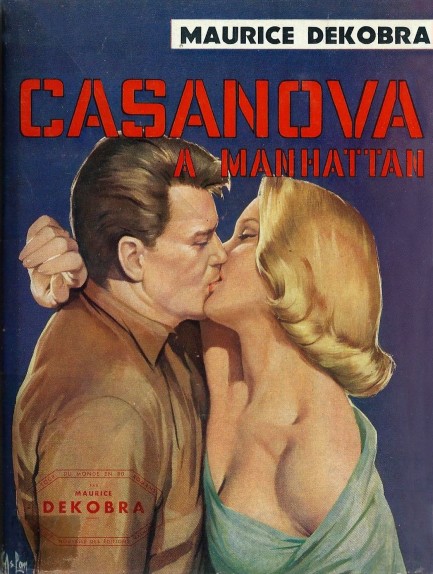
Casanova à Manhattan is another novel in the dekobrisme style by the author for whom the adjective was coined, Maurice Dekobra. In this one a French count rescues a woman from a concentration camp, marries her, and spirits her away to New York City. He gets a job in a nightclub and she finds work as a chaperone of debutantes. Things go swimmingly until the count's sister-in-law turns up with designs to replace the wife. Dekobra was one of the most famous French authors of the 20th century. You can learn a bit more about him from our previous write-ups on him here and here, but the best way to know him is to read him. The cover art here was painted by Aslan, aka Alain Gourdon. He painted some of the most romantic covers and pin-ups of the last century, and some of the most erotic. We've been thinking about putting together a collection of his pin-ups, but have been hesitant because they're pretty explicit. Well, stay tuned. We may do it anyway. Meanwhile, check out our collection of paperback kisses here.
| Vintage Pulp | Aug 12 2016 |

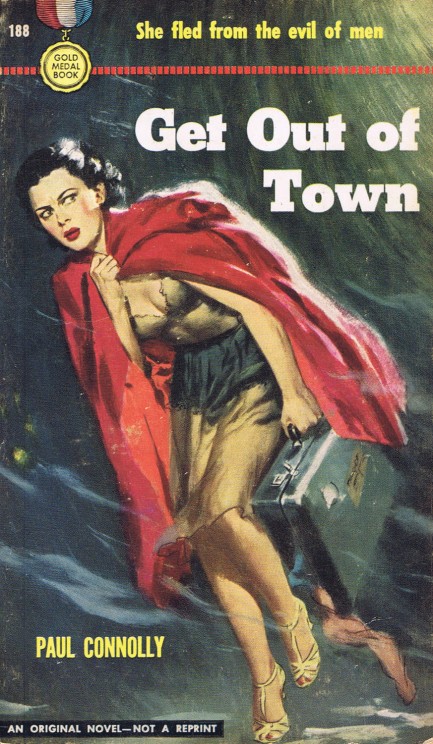
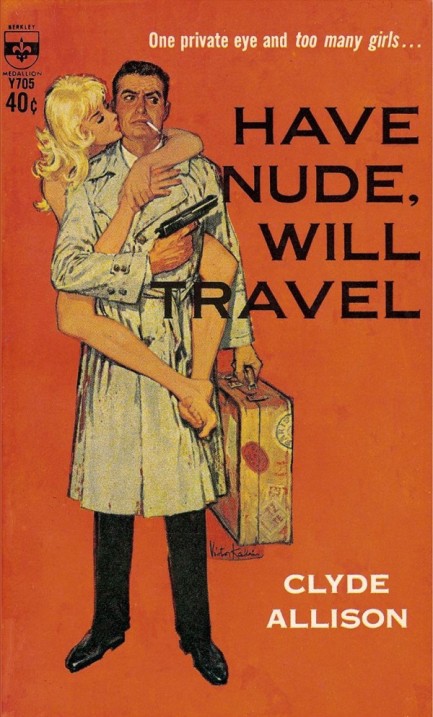
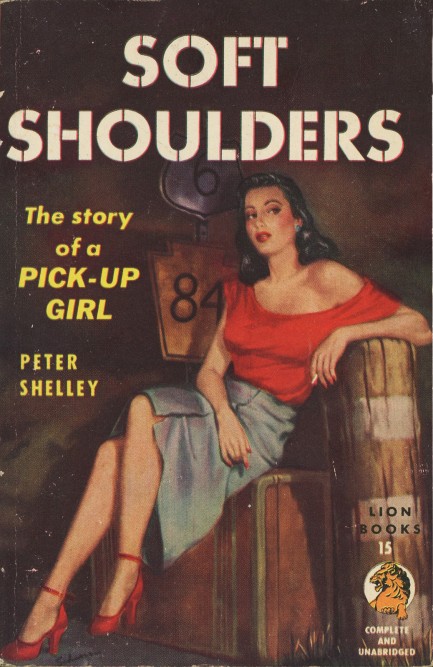
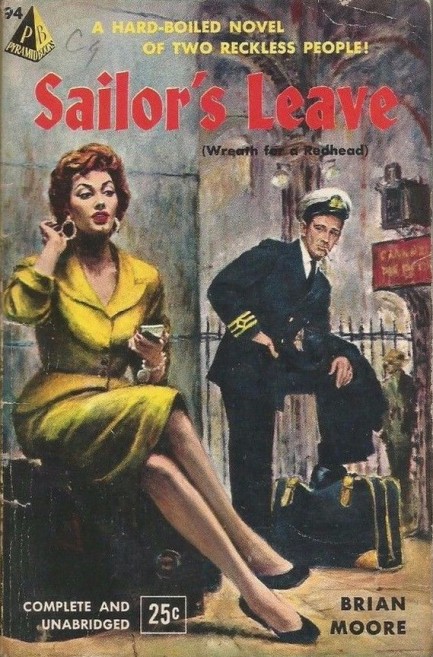
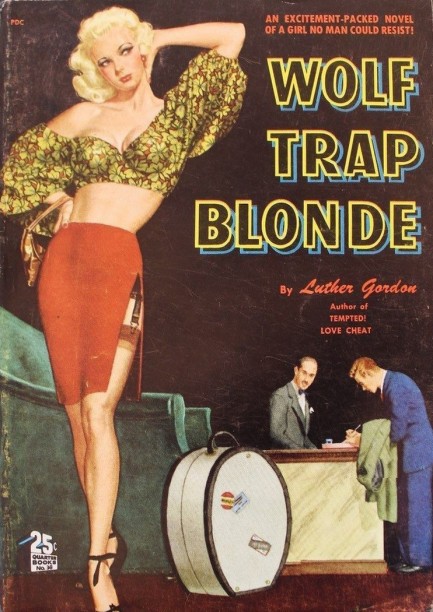
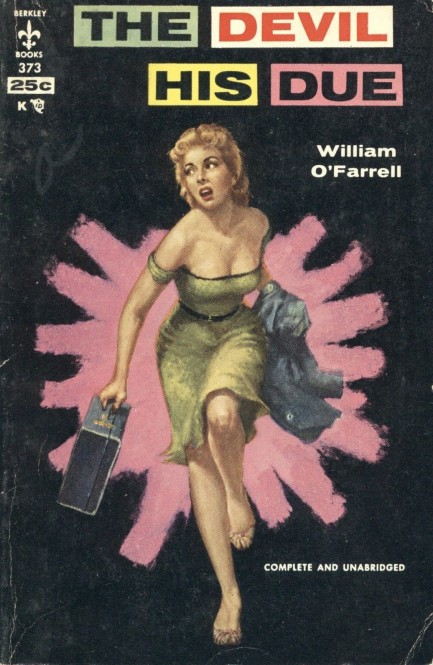
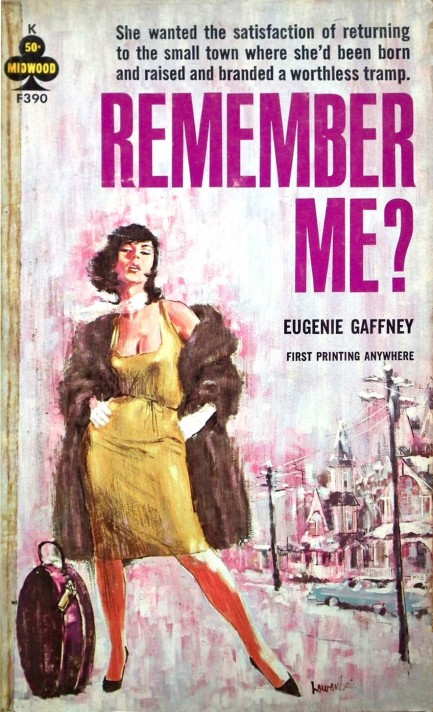
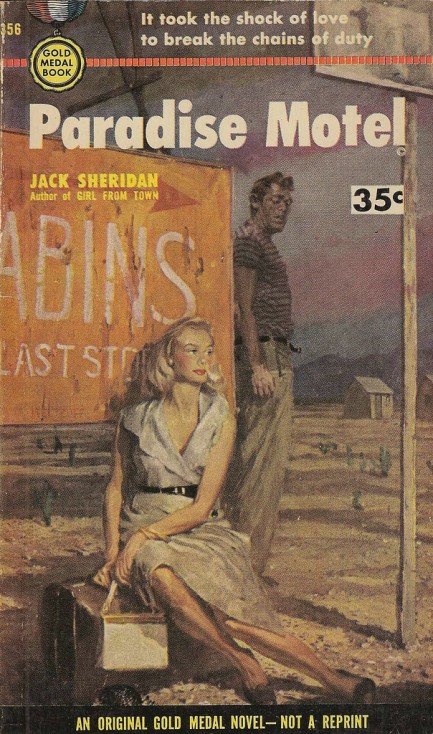
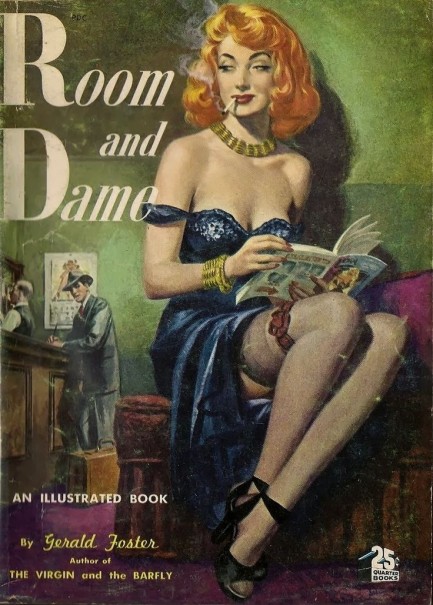
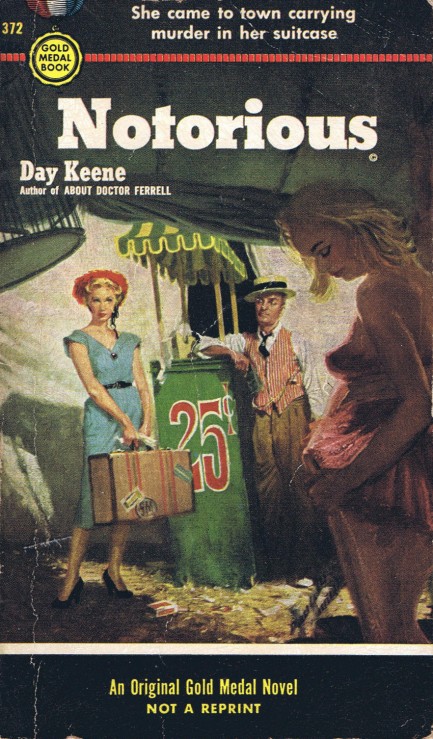
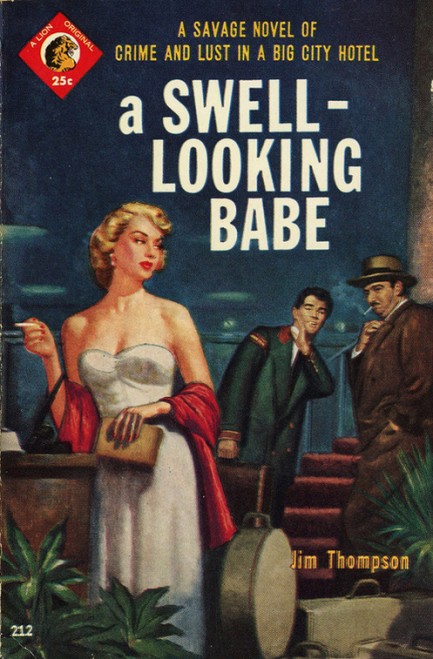
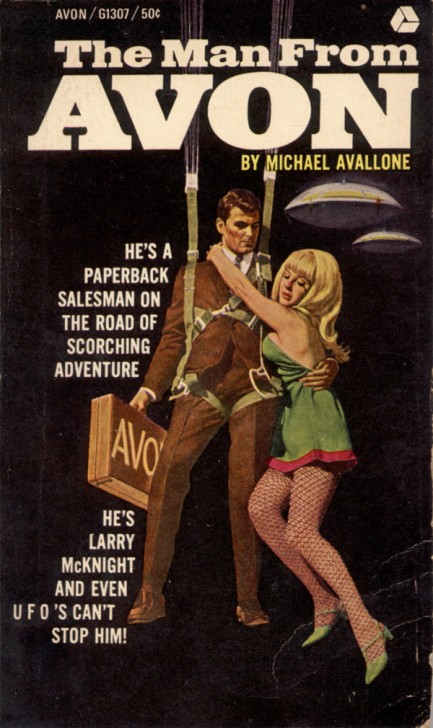
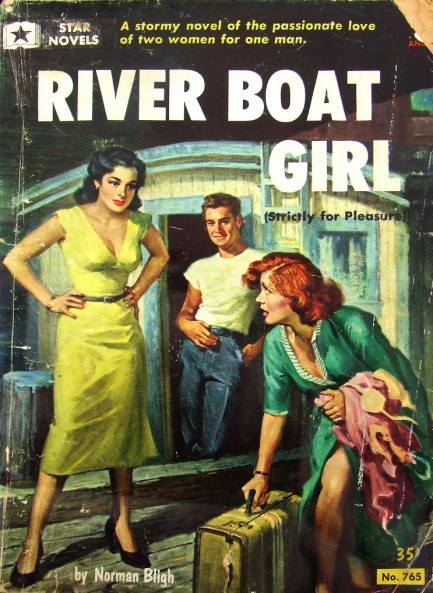
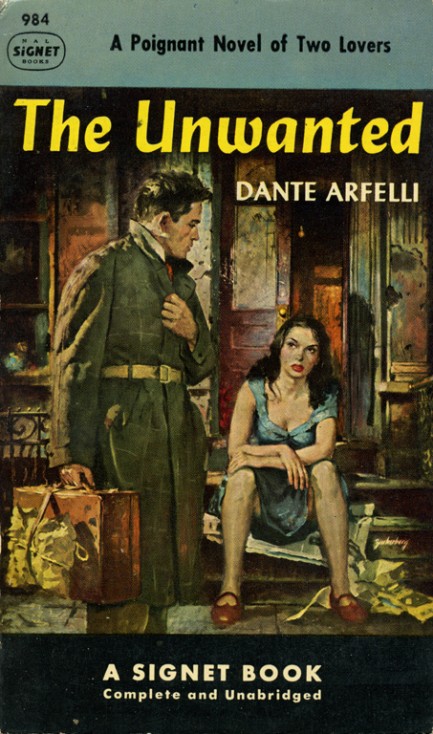
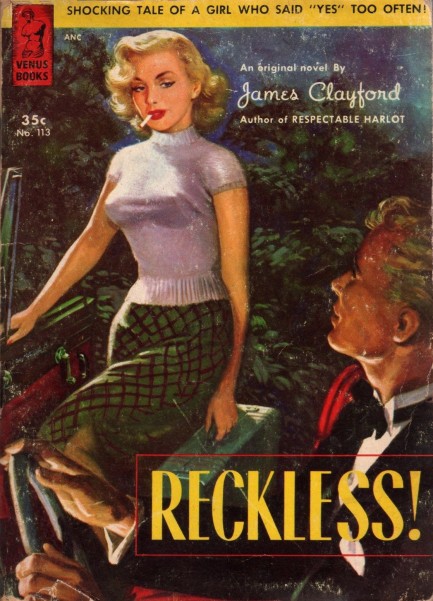
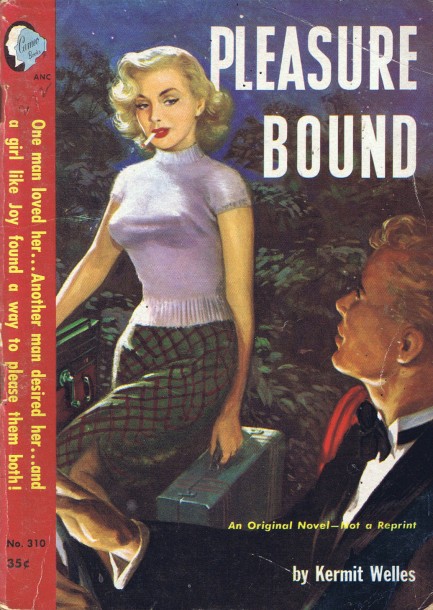
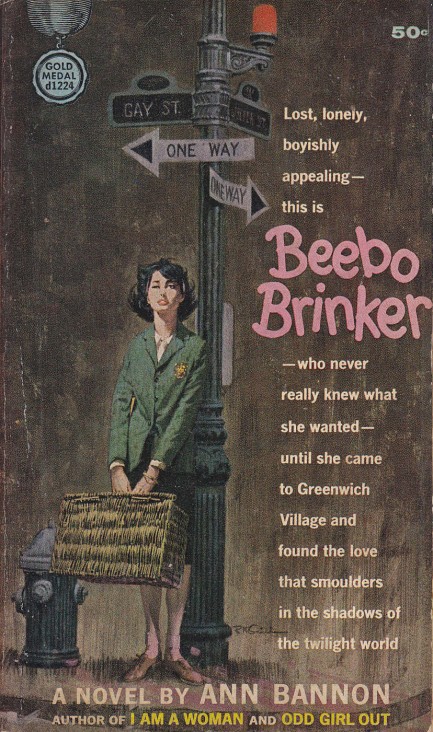
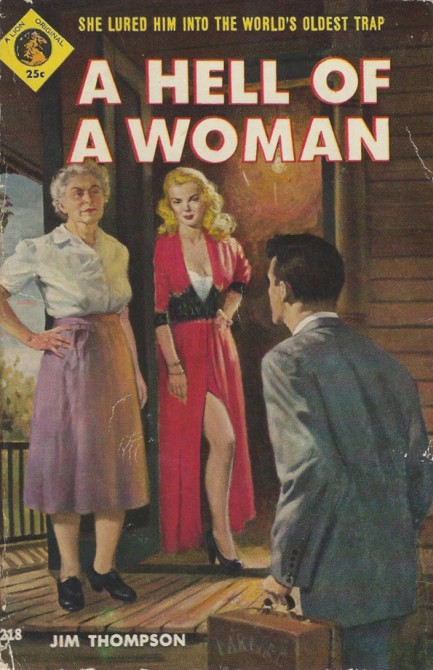
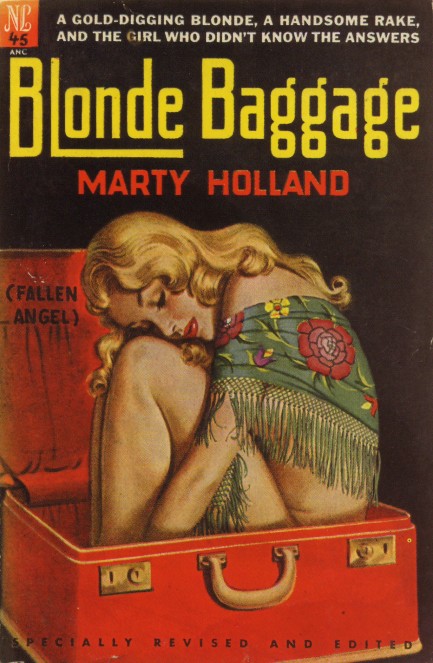
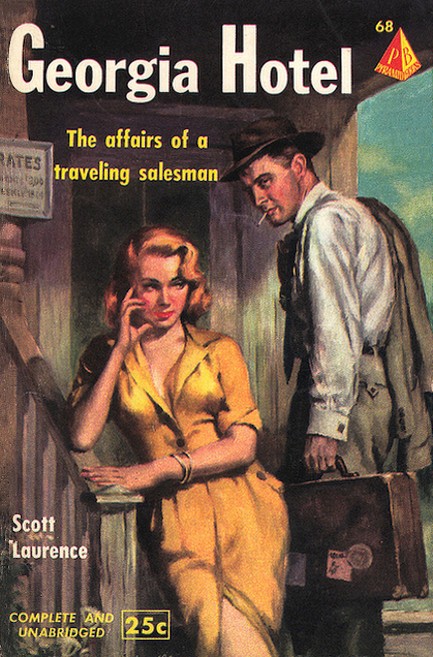
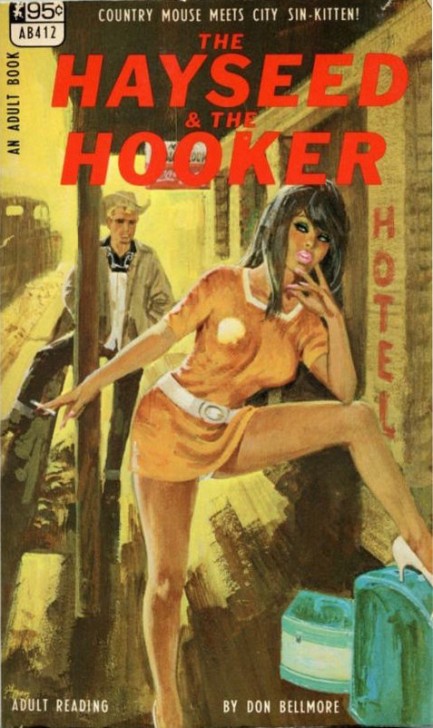
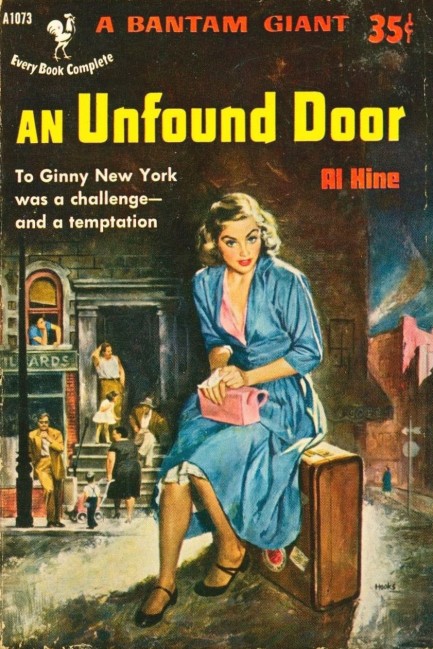
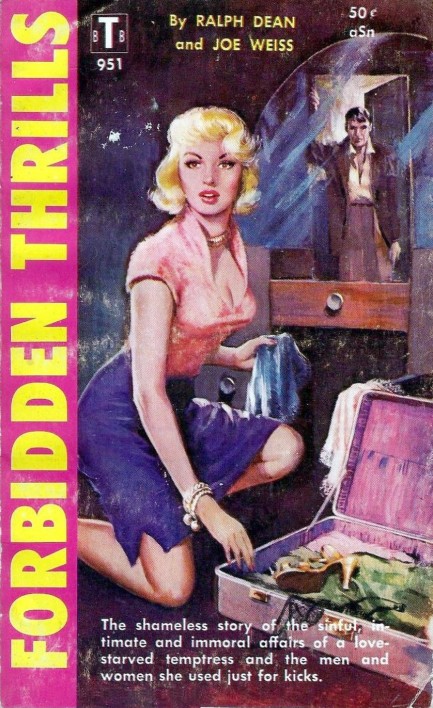
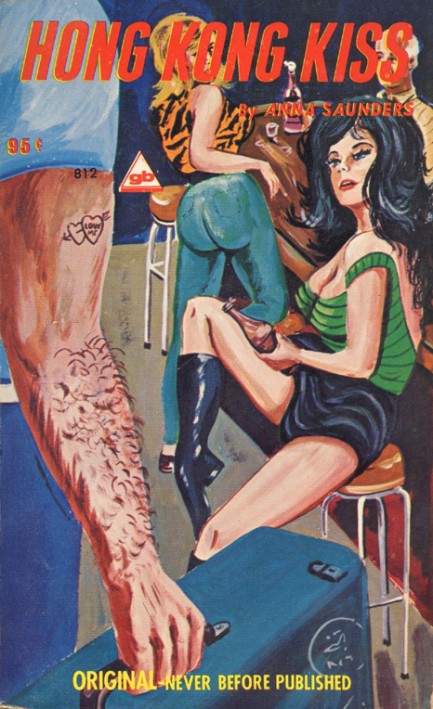
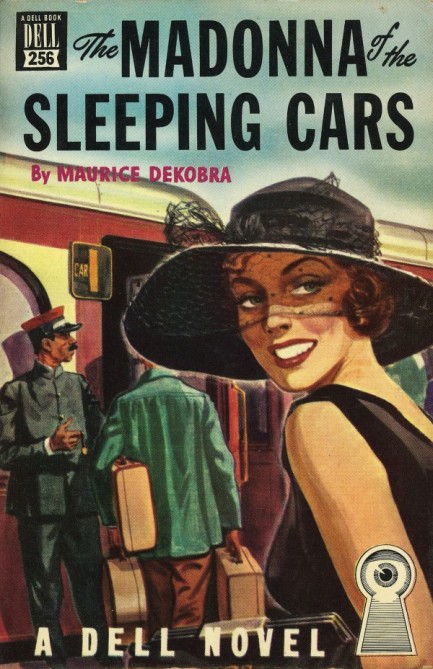
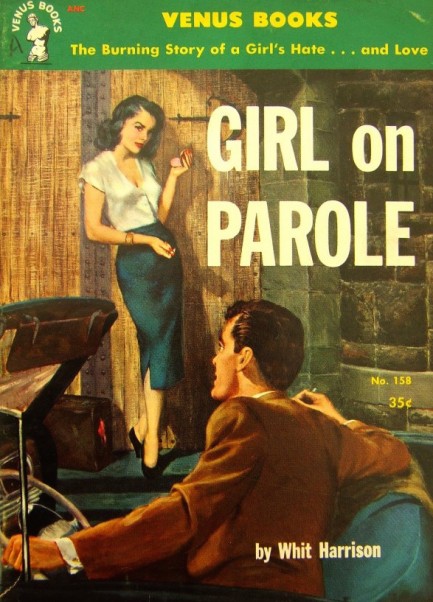
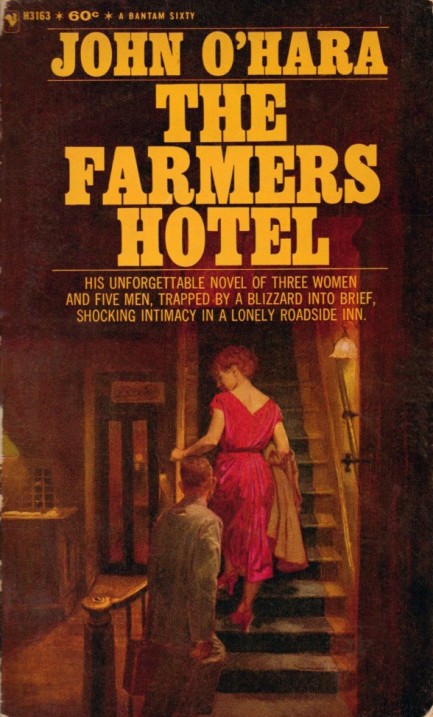
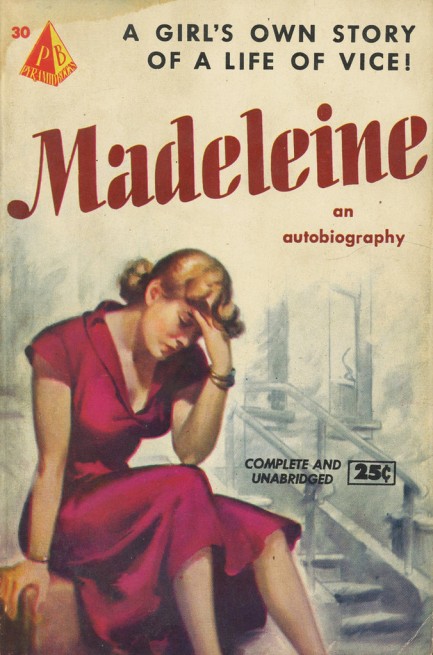
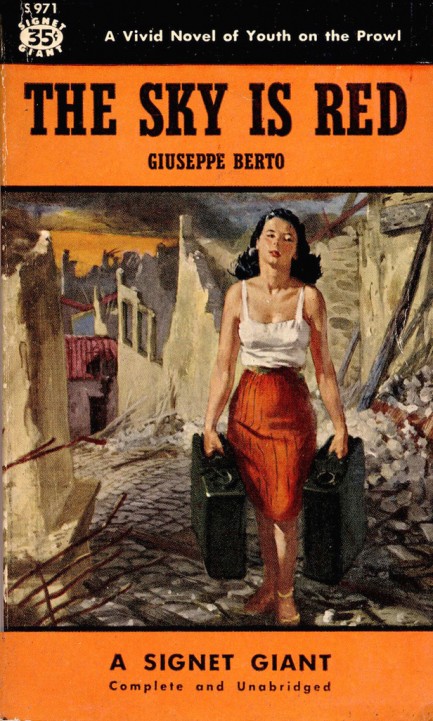
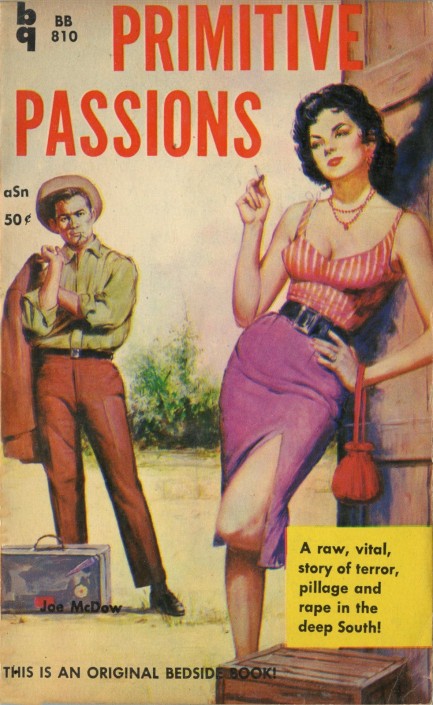
| Vintage Pulp | Nov 3 2015 |

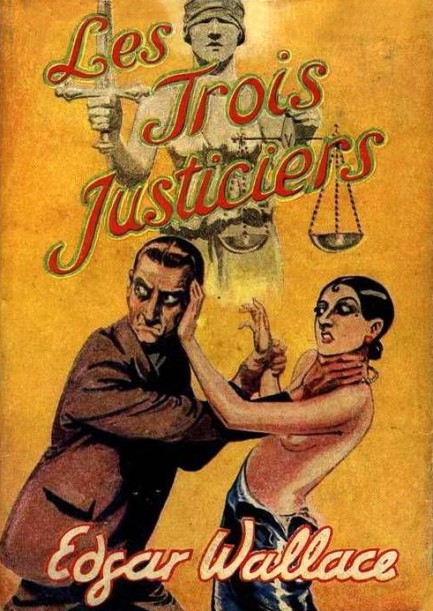
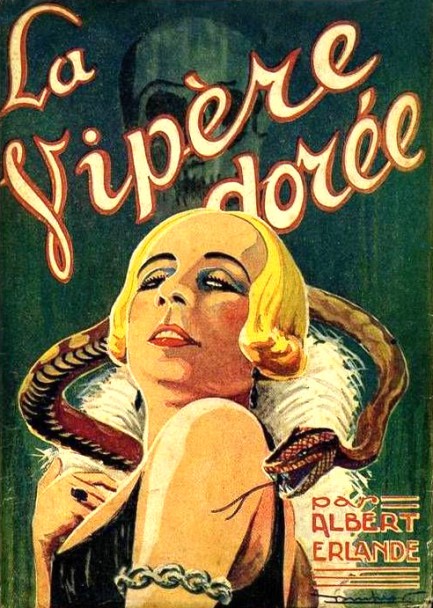
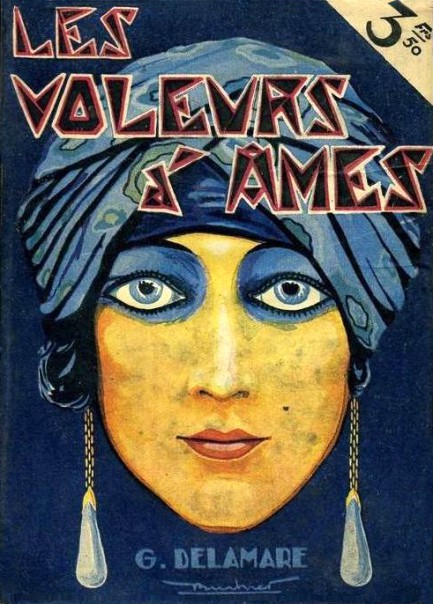
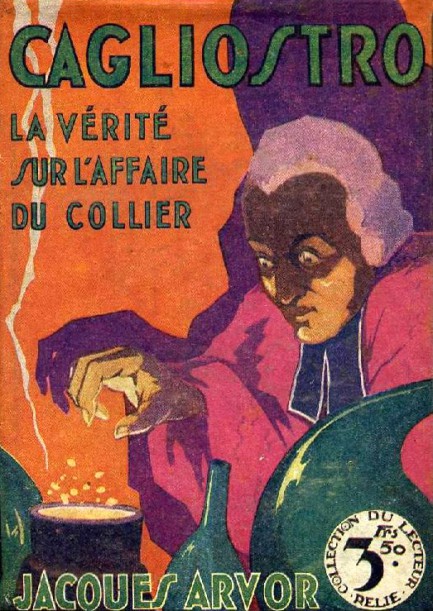
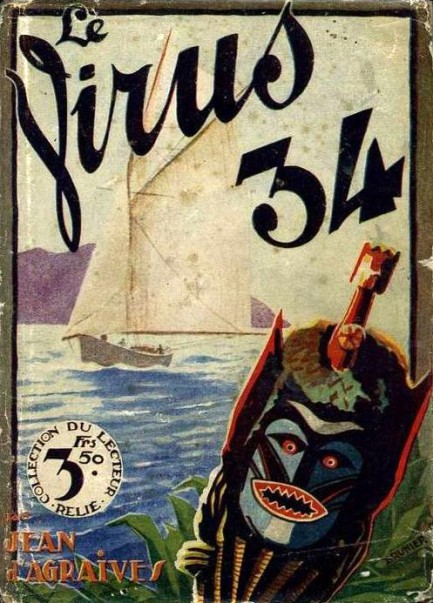
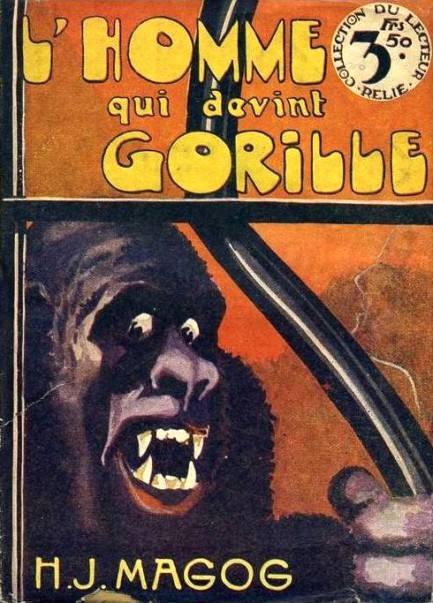
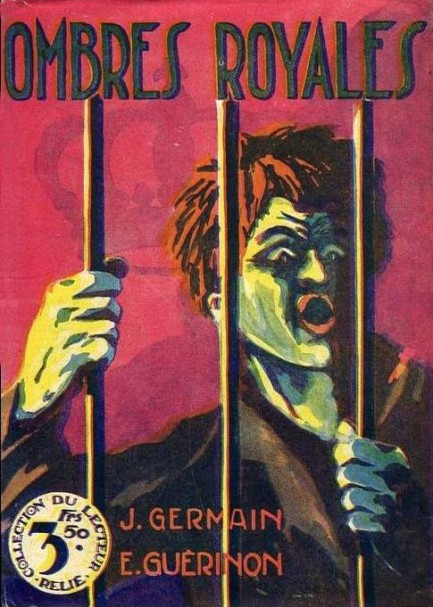
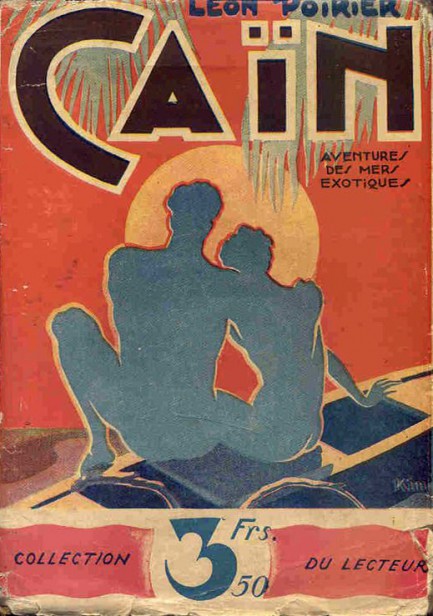
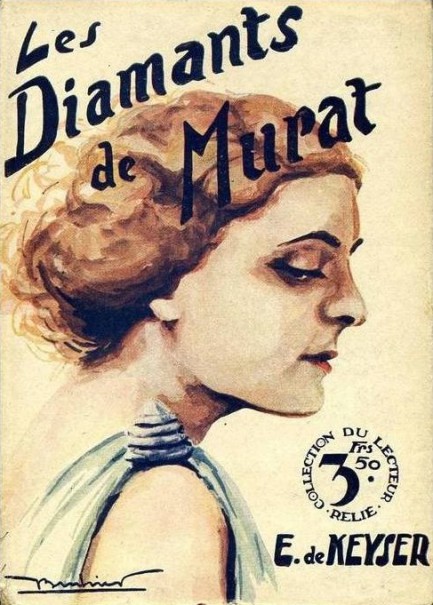
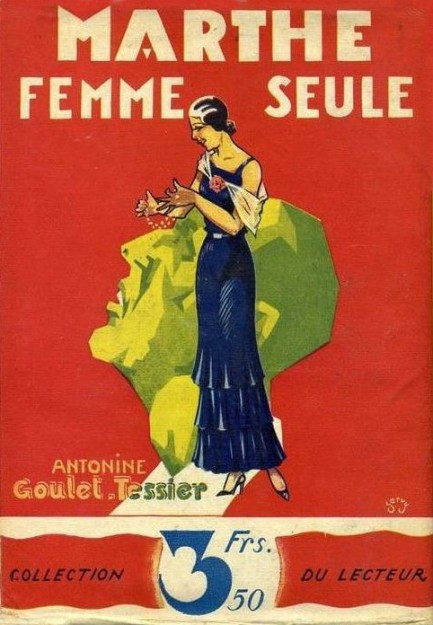
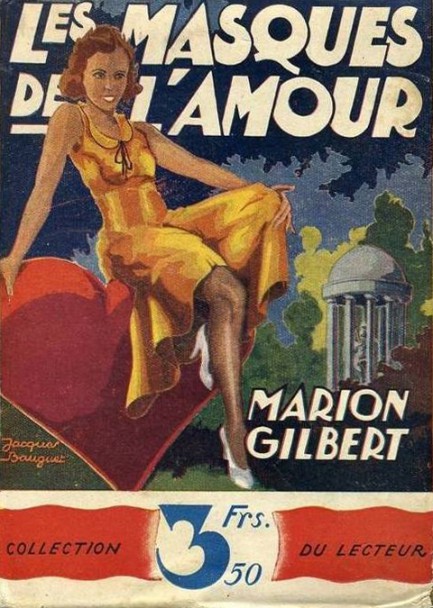
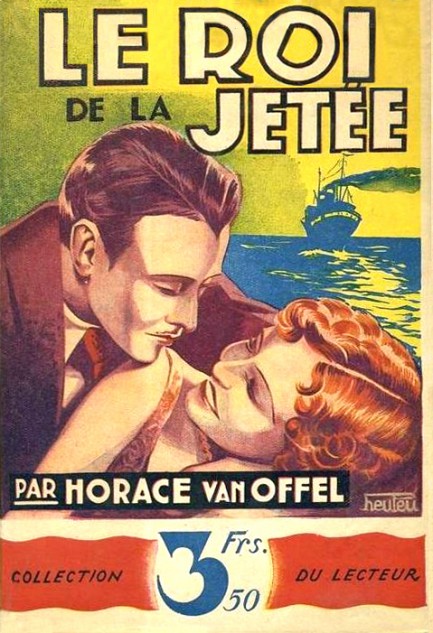
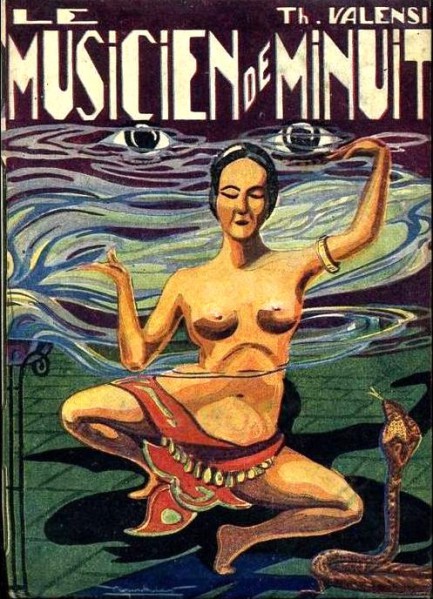
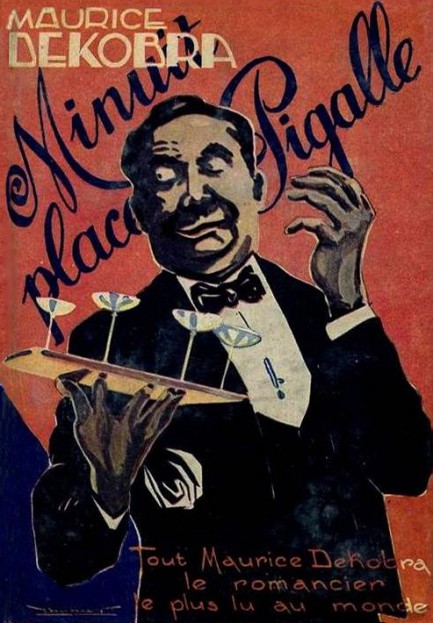
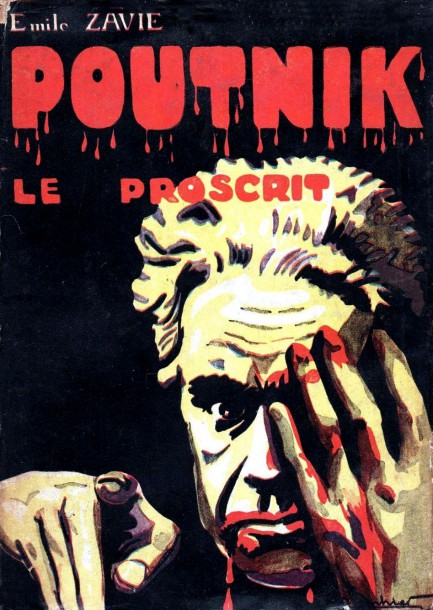
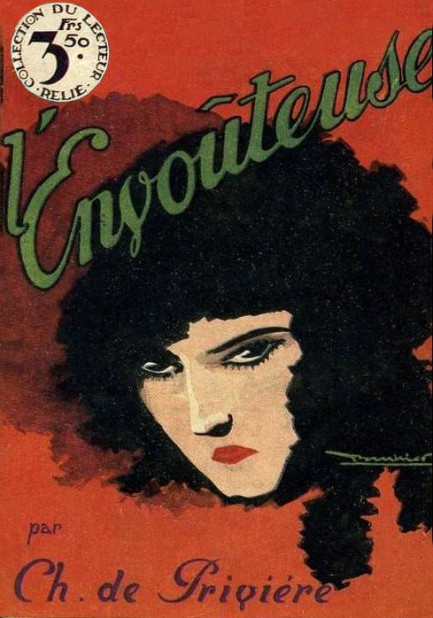
| Vintage Pulp | Nov 10 2014 |

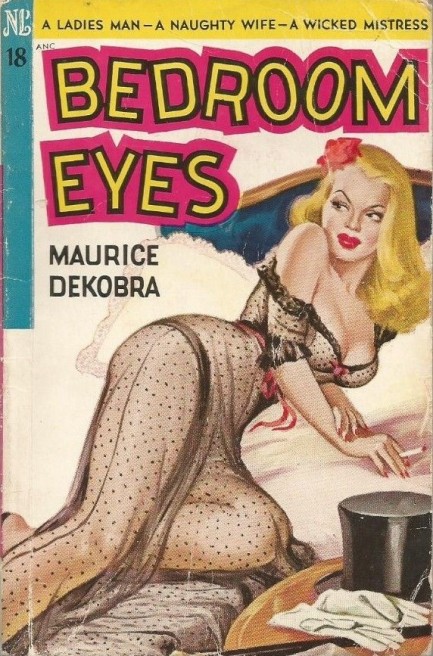
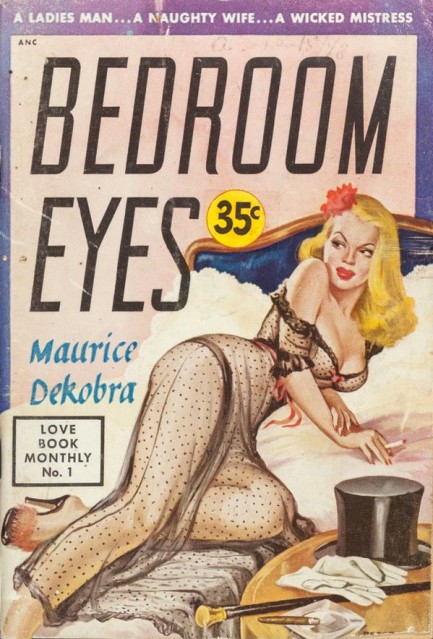
Maurice Dekobra’s Bedroom Eyes was originally published in 1932 as La biche aux yeux cernés (which means “doe eyes identified”), and this retitled Novel Library paperback appeared in 1949 with excellent Peter Driben cover art of a nightgown-clad temptress. We can’t see her companion, but he’s left a top hat, cane and gloves in view. We think it’s Fred Astaire. Like his song from that era goes, “I just got an invitation through the mails: Your presence requested this evening. It’s formal—a top hat, a white tie, and tail…” Or, er, tails.
| Vintage Pulp | Nov 6 2012 |

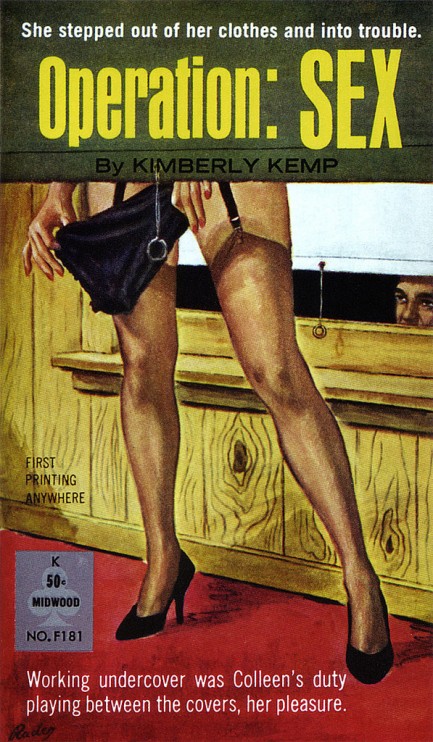
If you lower your shades or blinds all the way it’s a deterrent. But if you leave them an inch or three open, it’s really kind of an invitation, don’t you think? Everything is sexier when viewed through a crack. The Mahatma said that. Anyway, call it peeping, voyeurism, committing a misdemeanor, or just being a complete dick—it’s a time-honored plot device in pulp and sleaze fiction. Above and below are eleven of the best covers depicting the art of enjoying a cheap thrill.
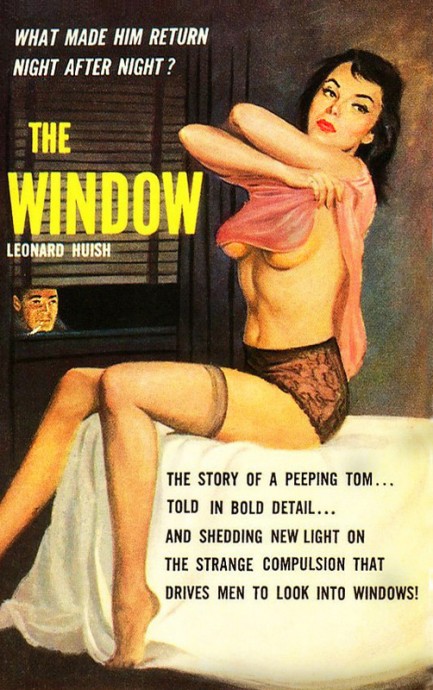
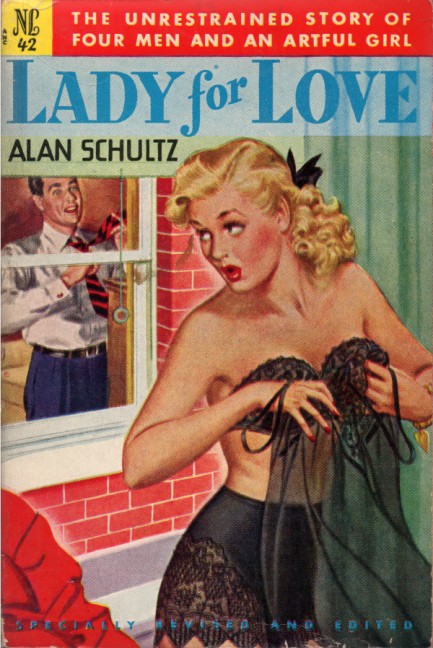
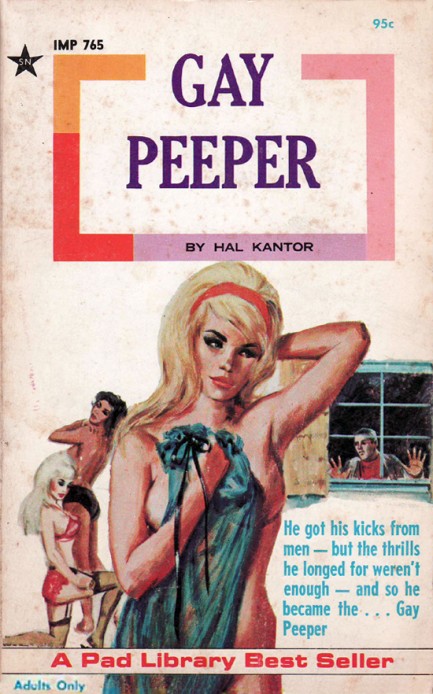
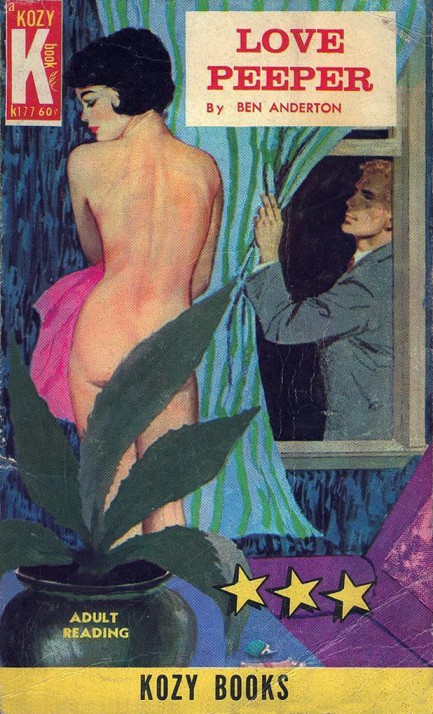
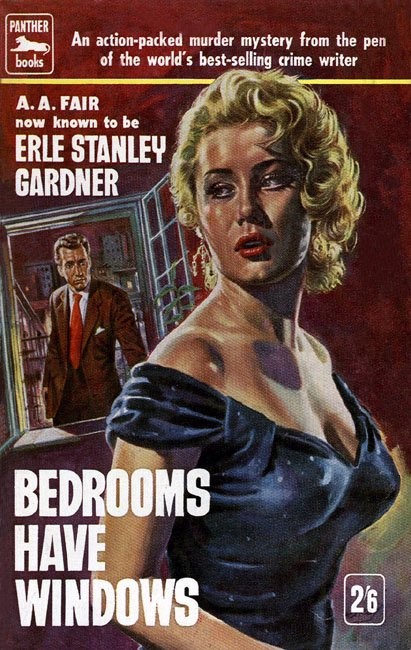
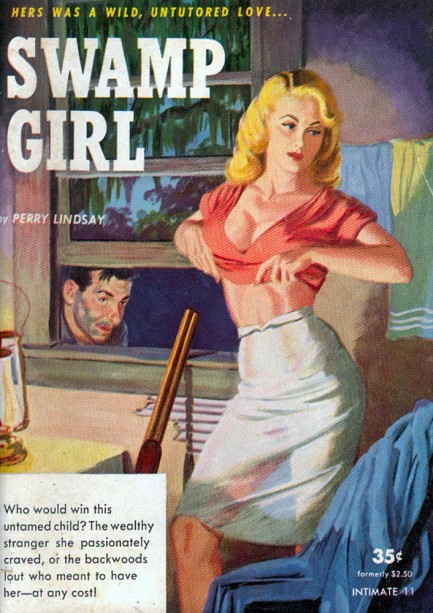
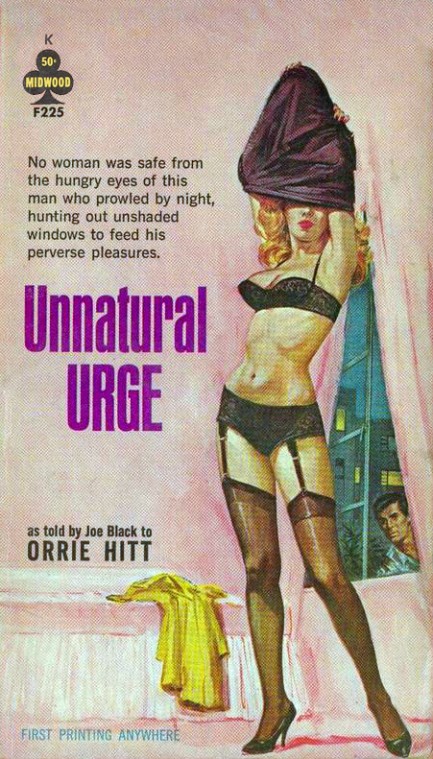
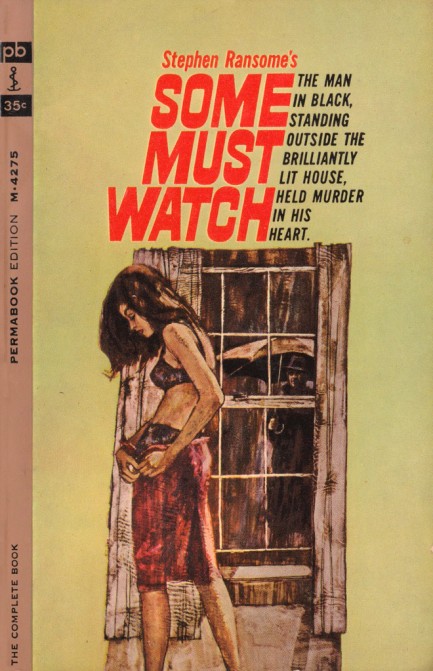
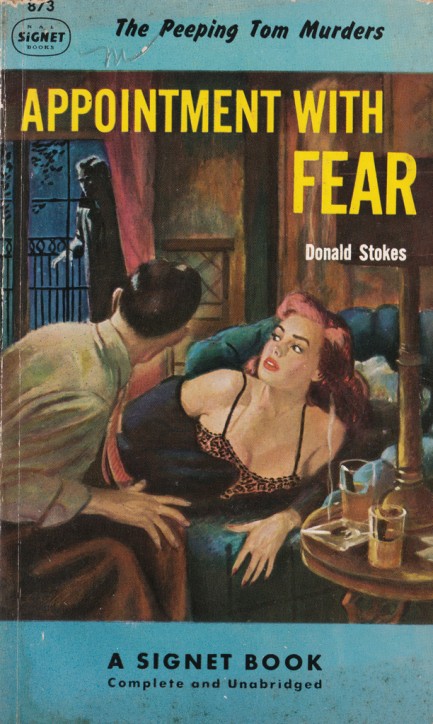
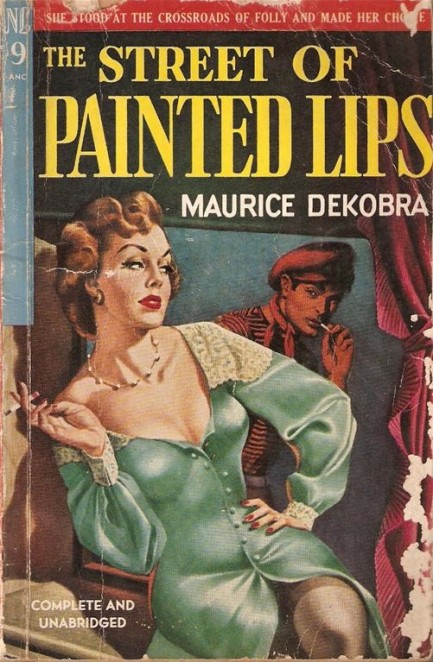
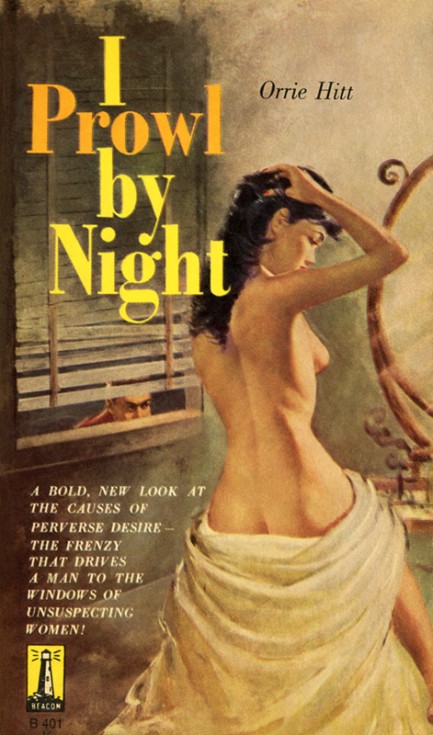
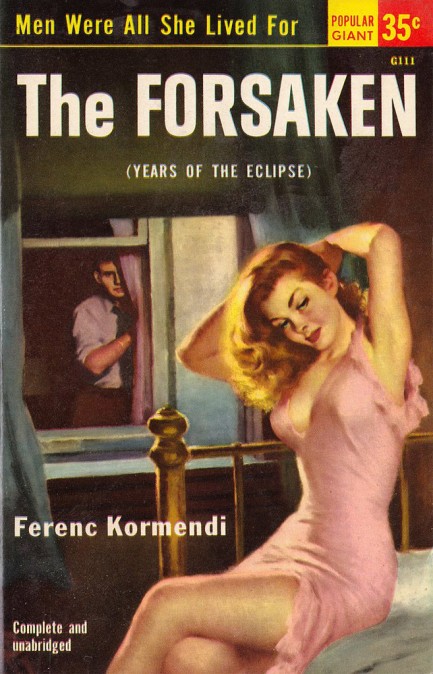
| Vintage Pulp | Jul 17 2010 |

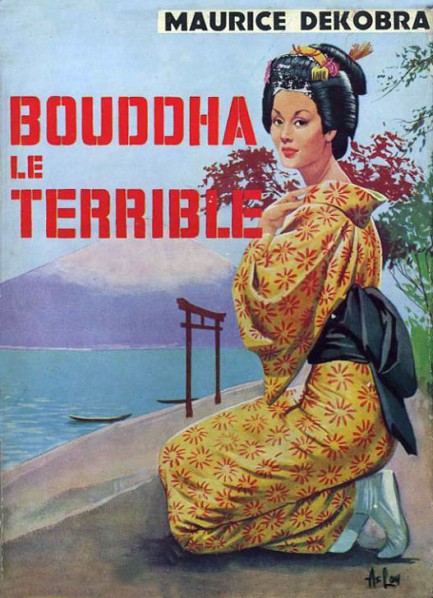
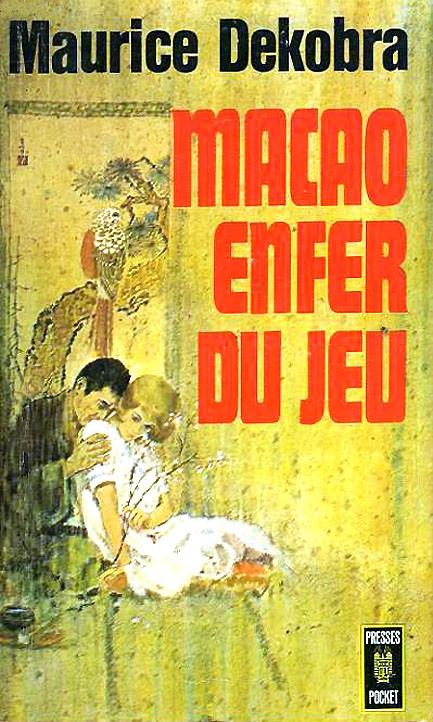 experiences. For instance La madone des sleepings follows the adventures of Lady Diana Wyndham as she travels by train from London to Berlin to Russia, broke but determined to use guile and gender to make a fortune exploiting a Russian oilfield about which she’s learned. The book was developed as a film in 1928, again in 1955, and was optioned once more in the ’70s with one of our favorite women Sylvia Kristel in the lead. This third version never came to fruition, sadly, though the project reached a stage where posters were produced (and these would be quite expensive collector’s items, we suspect).
experiences. For instance La madone des sleepings follows the adventures of Lady Diana Wyndham as she travels by train from London to Berlin to Russia, broke but determined to use guile and gender to make a fortune exploiting a Russian oilfield about which she’s learned. The book was developed as a film in 1928, again in 1955, and was optioned once more in the ’70s with one of our favorite women Sylvia Kristel in the lead. This third version never came to fruition, sadly, though the project reached a stage where posters were produced (and these would be quite expensive collector’s items, we suspect). remains a twentieth century author of great renown; in the U.S. and many other countries where his books once sold well, he is virtually unknown. It’s a mystery we haven’t solved yet, but we’ll keep working on it. In the meantime, we’re happy to have finally made his acquaintance, and hope you’ll do the same.
remains a twentieth century author of great renown; in the U.S. and many other countries where his books once sold well, he is virtually unknown. It’s a mystery we haven’t solved yet, but we’ll keep working on it. In the meantime, we’re happy to have finally made his acquaintance, and hope you’ll do the same.| Vintage Pulp | Sep 7 2009 |

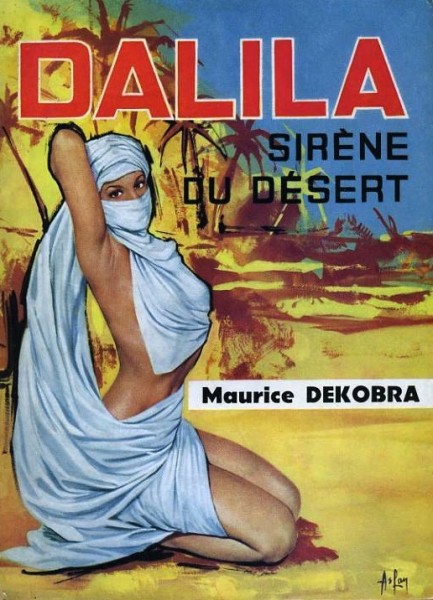
When we saw the above book in a Paris flea market stall, we wanted it for the Aslan art. But once we looked up author Maurice Dekobra, aka Maurice Tessier, we discovered to our surprise that he was one of the most famous French writers who ever lived. Dekobra started as a subversive author in the 1920s, and pioneered a style of writing called documentary fiction, which is to say, fiction based upon factual investigation of the subject matter. Dekobra used his new techniques as he shifted into whodunits after World War II, and perfected what is now a standard operational model for mystery and thriller writers. In 1951 Dekobra, whose signature style resulted in “dekobrisme” coming into use as a French adjective, was rewarded for his extensive output with the Prix du Quai des Orfèvres literary award. It’s rather embarrassing not to have known about someone who has his own adjective, but we’ll make up for it by getting all dekobrisme and finding out more. We’ll report back later.




































































